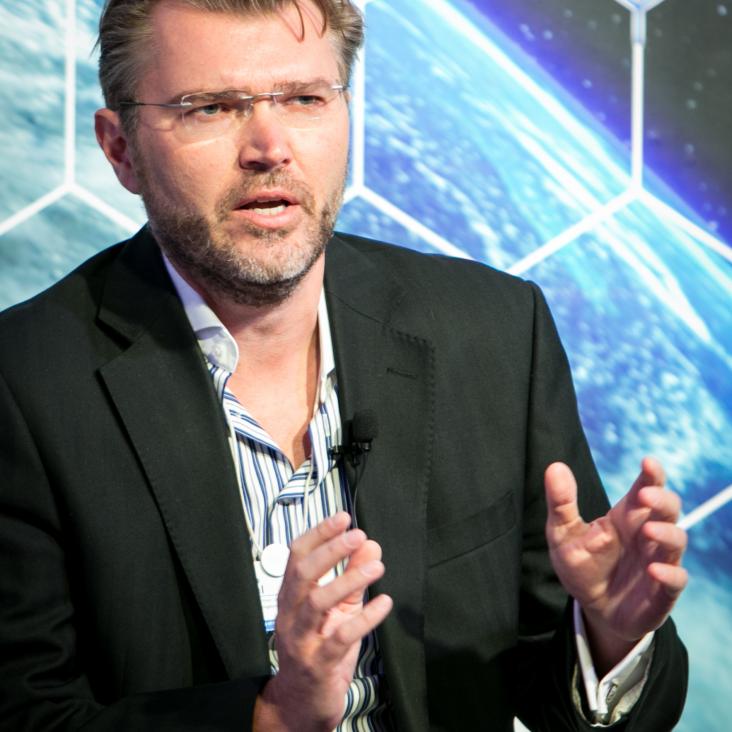Quantum phase transition between cluster and antiferromagnetic states
EPL 95:5 (2011)
Abstract:
We study a Hamiltonian system describing a three-spin-1/2 cluster-like interaction competing with an Ising-like exchange. We show that the ground state in the cluster phase possesses symmetry protected topological order. A continuous quantum phase transition occurs as result of the competition between the cluster and Ising terms. At the critical point the Hamiltonian is self-dual. The geometric entanglement is also studied and used to investigate the quantum phase transition. Our findings in one dimension corroborate the analysis of the two-dimensional generalization of the system, indicating, at a mean-field level, the presence of a direct transition between an antiferromagnetic and a valence bond solid ground state. © 2011 EPLA.Geometric phase kickback in a mesoscopic qubit-oscillator system
(2011)
Geometric phase kickback in a mesoscopic qubit-oscillator system
ArXiv 1108.0701 (2011)
Abstract:
We illustrate a reverse Von Neumann measurement scheme in which a geometric phase induced on a quantum harmonic oscillator is measured using a microscopic qubit as a probe. We show how such a phase, generated by a cyclic evolution in the phase space of the harmonic oscillator, can be kicked back on the qubit, which plays the role of a quantum interferometer. We also extend our study to finite-temperature dissipative Markovian dynamics and discuss potential implementations in micro and nano-mechanical devices coupled to an effective two-level system.Statistical mechanics of the cluster Ising model
Physical Review A - Atomic, Molecular, and Optical Physics 84:2 (2011)
Abstract:
We study a Hamiltonian system describing a three-spin-1/2 clusterlike interaction competing with an Ising-like antiferromagnetic interaction. We compute free energy, spin-correlation functions, and entanglement both in the ground and in thermal states. The model undergoes a quantum phase transition between an Ising phase with a nonvanishing magnetization and a cluster phase characterized by a string order. Any two-spin entanglement is found to vanish in both quantum phases because of a nontrivial correlation pattern. Nevertheless, the residual multipartite entanglement is maximal in the cluster phase and dependent on the magnetization in the Ising phase. We study the block entropy at the critical point and calculate the central charge of the system, showing that the criticality of the system is beyond the Ising universality class. © 2011 American Physical Society.Unifying typical entanglement and coin tossing: on randomization in probabilistic theories
(2011)


